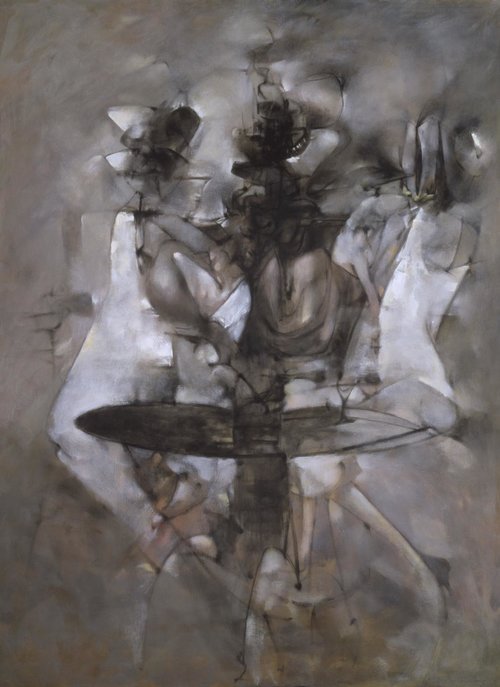Blood Under Winter-White Skin
€30.00
for violin, cello, and piano
10 minutes
Download includes pdf of score and parts. Download here.
first performed by the Fidelio Trio, at Taplin Auditorium, Princeton, NJ (USA), November 2014
“This performance was given by doctoral students from the Royal Irish Academy of Music and the Paris Conservatoire featuring works by Boulez, Saariaho, Andriessen, and Irish composer Amanda Feery. Amongst such illustrious company, Feery’s piece entitled Blood Under Winter-White Skin for piano trio more than held its own. It began with rapid alternating glissandi on the strings which tended upwards and remained a recurring feature throughout. The most striking section occurred near the end where the strings shimmered over a largely static alternating pattern between the right and left hand of the piano. According to Feery, the piece grew out of an experiment to see how much expressivity could be extracted from this alternating piano pattern. The answer, it turned out, was a great deal, and many audience members of this well-attended concert were quite clearly moved by the piece.” - The Journal of Music
